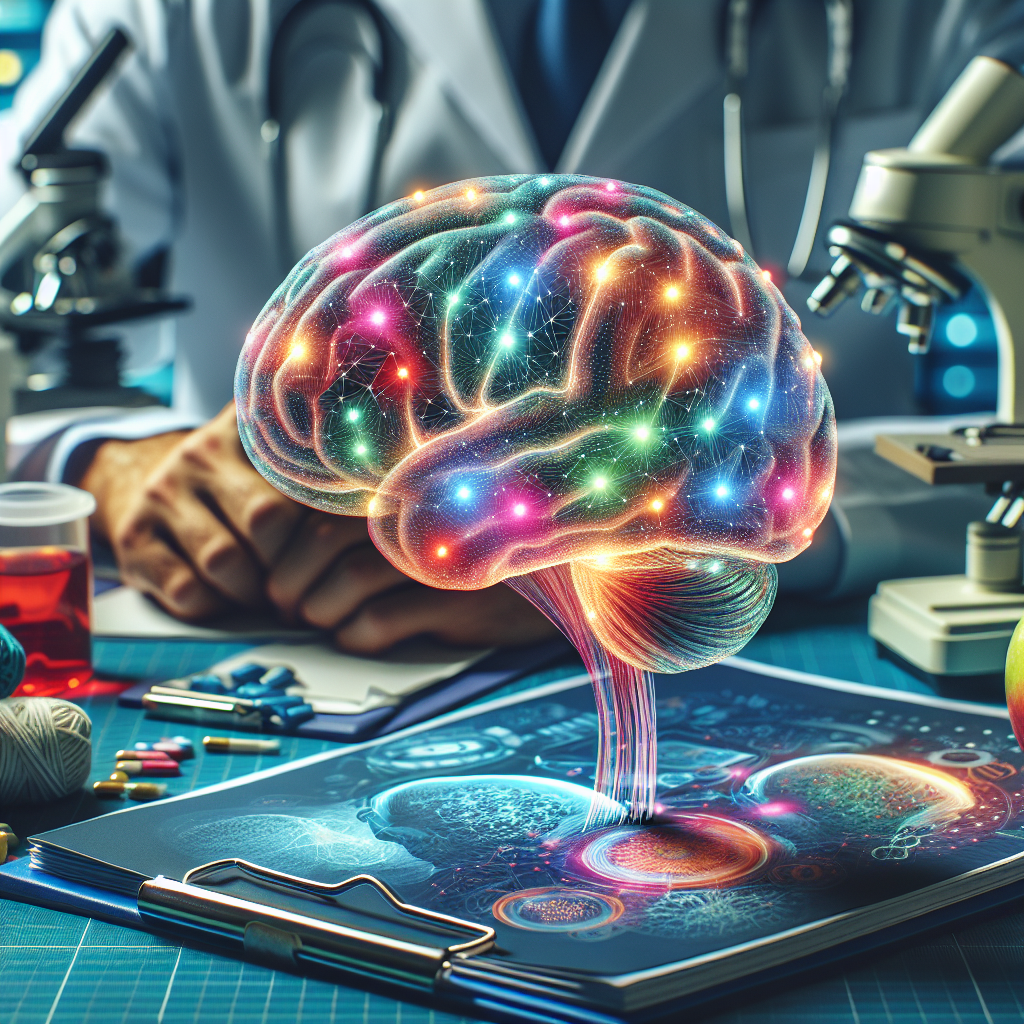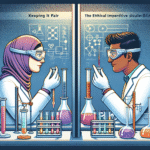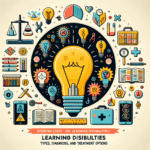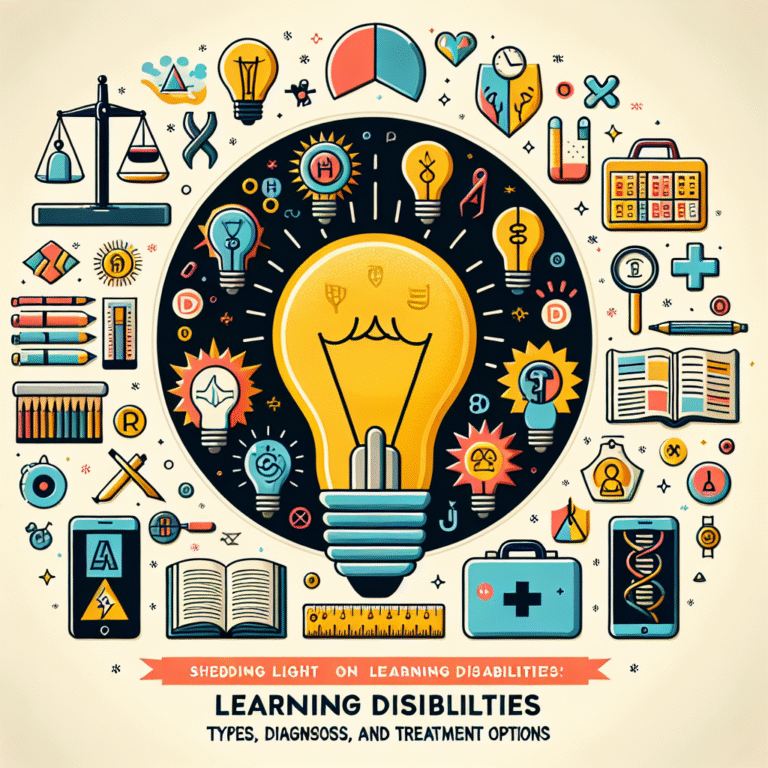
Introduction
Brain injuries can drastically alter a person’s life, affecting everything from cognitive abilities to emotional regulation. Traditional recovery methods, while effective, often fall short in addressing the complex spectrum of brain function. Fortunately, the landscape of brain injury recovery is evolving, introducing innovative therapies that offer renewed hope to patients and their families. This article explores Innovative Therapies in Brain Injury Recovery: What’s Changing?, shining a light on groundbreaking techniques that are transforming the way we approach brain rehabilitation.
Understanding Brain Injury
Types of Brain Injuries
Brain injuries can be classified into two main categories: traumatic and acquired.
Traumatic Brain Injury (TBI): Often caused by external forces—like falls, sports injuries, or vehicular accidents—TBIs can lead to a variety of cognitive, physical, and emotional challenges.
- Acquired Brain Injury (ABI): These injuries occur as a result of internal issues, such as strokes or tumors. Both types can lead to long-lasting complications.
The Challenges of Recovery
Brain injury recovery is a multi-faceted journey that often involves physical therapy, cognitive rehabilitation, and emotional support. The road can be lengthy and fraught with uncertainties, requiring innovative approaches that adapt to the unique needs of each patient.
The Rise of Innovative Therapies
Innovative therapies are revolutionizing brain injury recovery, employing cutting-edge technologies and methods to improve patient outcomes. Let’s delve into some of the most promising developments.
1. Neuromodulation Techniques
Overview
Neuromodulation therapies involve altering nerve activity through targeted techniques, such as electrical stimulation or magnetic fields.
Case Study: Transcranial Magnetic Stimulation (TMS)
A fascinating example is the case of a 28-year-old male who suffered severe TBI after an accident. Traditional therapies yielded little improvement, but TMS—administered over several weeks—significantly improved his cognitive abilities and mood.
Relevance
This case underscores the potential of TMS as a transformative approach in treating cognitive and emotional deficits resulting from brain injuries.
2. Virtual Reality (VR) Therapy
Overview
VR therapy is harnessing immersive environments to create interactive rehabilitation experiences, enabling patients to practice cognitive and motor skills in a safe setting.
Case Study: Rehabilitation through Virtual Reality
Another compelling illustration involves a group of stroke survivors using VR to resurrect movement in their affected limbs. Clinical results showed improved motor function and greater engagement in therapy.
Relevance
By simulating real-world scenarios, VR therapy provides an engaging, motivational setting that encourages consistent participation in rehabilitation—key for brain injury recovery.
3. Stem Cell Therapy
Overview
Stem cell therapy aims to repair damaged brain tissues by injecting stem cells derived from the patient or a compatible donor.
Case Study: The Pioneering Work of Dr. Michael Lane
Dr. Lane treated a 35-year-old woman with chronic cognitive deficits resulting from a severe stroke. After several sessions of stem cell treatment, neuroimaging revealed significant regeneration of impacted areas of the brain, leading to marked cognitive improvements.
Relevance
This case is a pivotal example of how stem cell therapy may unlock new possibilities for brain injury recovery, offering hope where traditional treatments have plateaued.
4. Cognitive Rehabilitation Technology
Overview
Leveraging technology in cognitive rehabilitation involves using specialized software and tools to improve attention, memory, and executive function.
Case Study: Cognitive Exercise Platforms
A trial involving patients using a cognitive exercise platform demonstrated a 40% improvement in executive function scores over three months. Participants engaged in adaptive games that stimulated various mental processes.
Relevance
Such platforms exemplify how technology can enhance cognitive therapy while making it accessible and engaging for patients.
5. Psychotherapy and Neurofeedback
Overview
Combining psychotherapy with neurofeedback allows patients to improve emotional regulation by learning how to control brain activity through biofeedback.
Case Study: Neurofeedback in PTSD and TBI
A group of veterans with both PTSD and TBI underwent neurofeedback therapy, leading to significant reductions in anxiety and depression scores after just 10 sessions.
Relevance
This highlights the importance of addressing emotional well-being in brain injury recovery as a complementary aspect to physical rehabilitation.
Summary of Innovative Therapies
| Therapy | Mechanism | Key Benefits | Case Study Example |
|---|---|---|---|
| Neuromodulation (TMS) | Alters nerve activity | Improves cognition and mood | TMS treatment improved outcomes in a TBI patient |
| Virtual Reality (VR) | Immersive rehabilitation | Engaging and motivational | Stroke survivors regained movement skills through VR |
| Stem Cell Therapy | Regenerates brain tissue | Restores cognitive function | Significant recovery noted in stroke patient with stem cells |
| Cognitive Rehab Tech | Uses software for skill enhancement | Increases attention and memory | 40% improvement in executive function scores |
| Psychotherapy + Neurofeedback | Emotional regulation training | Reduces anxiety and depressive symptoms | Veterans reported lower PTSD symptoms post-therapy |
Conclusion
The Future of Brain Injury Recovery
Innovation in brain injury recovery is not just a collection of new technologies; it’s a testament to the resilience of both patients and researchers in the field. As we explore and implement these innovative therapies, the horizon for recovery is becoming brighter.
For families facing the challenges of brain injury recovery, embracing these advancements can make a profound difference. Hope lies in new methods of treatment and our commitment to harnessing them for the benefit of those we care for.
FAQs
1. What is the most innovative therapy currently available for brain injury recovery?
Innovative therapies vary, but Transcranial Magnetic Stimulation (TMS) and Virtual Reality (VR) therapy are among the frontrunners due to their promising results in cognitive and emotional rehabilitation.
2. Are these therapies safe?
Most innovative therapies, including neuromodulation and VR, have undergone rigorous testing in clinical settings and are generally considered safe. However, consulting with a healthcare professional is essential.
3. How do I know which therapy is right for me or my loved one?
The best approach is often a multidisciplinary assessment by healthcare providers who specialize in brain injury rehabilitation. They can recommend tailored interventions based on individual needs.
4. What are the costs associated with these innovative therapies?
Costs can vary significantly based on the therapy, location, and insurance coverage. It’s advisable to check with service providers and insurance companies for detailed pricing.
5. How can I stay updated on the latest therapies and research in brain injury recovery?
Subscribing to reputable medical journals, attending conferences, and following organizations dedicated to brain injury research can keep you informed about current trends and breakthroughs.
The landscape of brain injury recovery is undeniably transforming. By embracing and understanding these Innovative Therapies in Brain Injury Recovery: What’s Changing?, patients and families can find pathways to a brighter, more hopeful future.

















